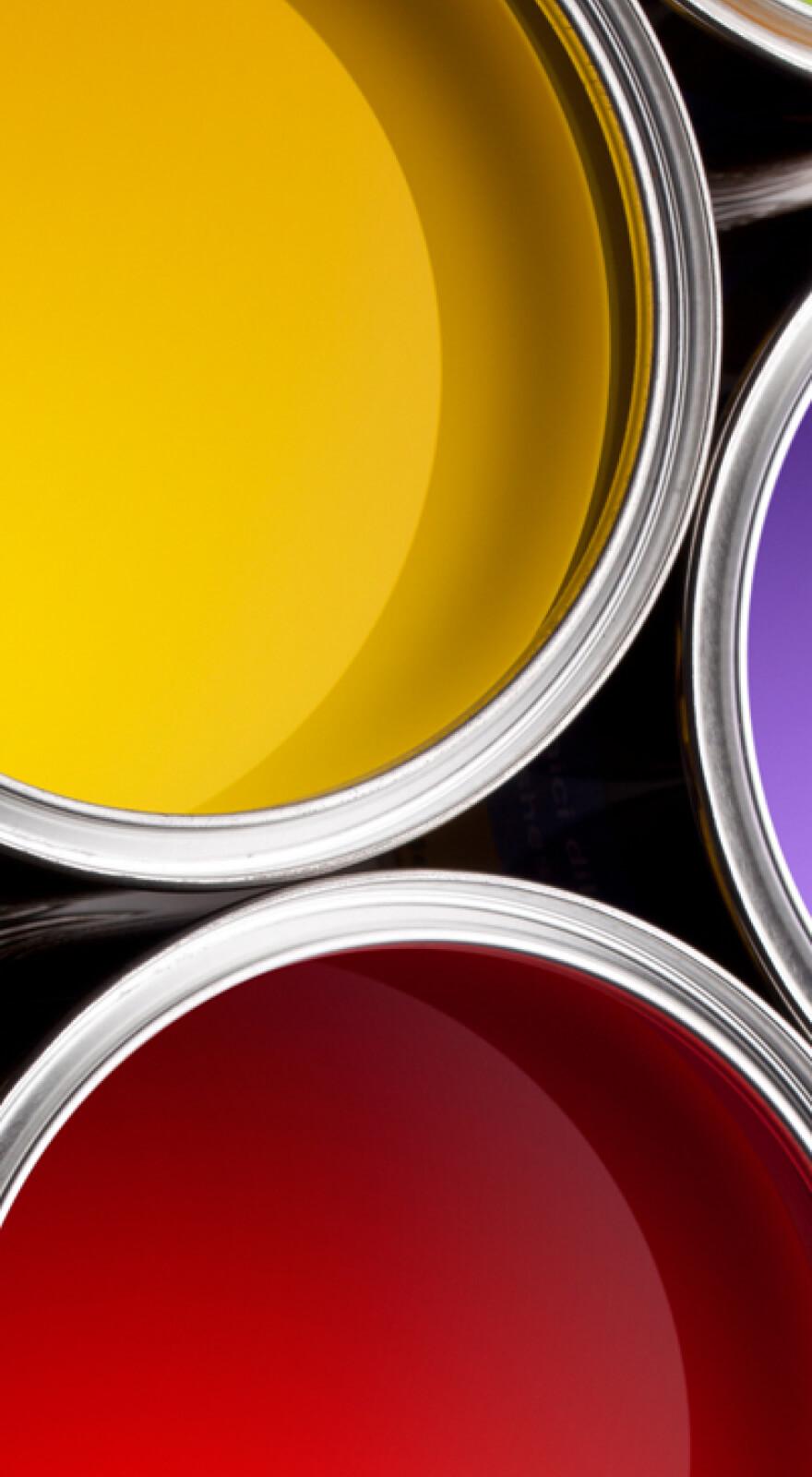Knowde Enhanced TDS
Identification & Functionality
- Chemical Family
- Chemical Name
- CASE Ingredients Functions
- Industrial Additives Functions
- Product Families
Features & Benefits
- Product Features
Strongest of the acids offered.
Applications & Uses
- Markets
- Applications
- Applicable Processes
- I&I Cleaning Applications
- Applications
- Hand cleaners
- Industrial cleaners
- Metal working
- Textile dye manufacturing
- Polymers and coatings catalysts
Properties
- Physical Form
- Appearance
- Light brown liquid
- Typical Properties
- Total Amino Acid Profile
| Value | Units | Test Method / Conditions | |
| Crystallization Range | 35 - 50 | ºC | — |
| Specific Gravity (at 25ºC) | 1.3 | — | — |
| Flash Point | 363.0 | °F | Closed cup |
| Melting Point | 106 - 107 | ºC | — |
| Boiling Point (at 20 mmHg) | 149.0 | ºC | — |
| Molecular Weight | 172.0 | — | — |
| pH | max. 1 | — | — |
| Vapor Pressure (at 25°C) | 4.10 x 10⁻⁶ | mm Hg | — |
| Water Insolubles | max. 1.5 | % | BRI - SOLVENT + SU |
| Hydrocarbons | max. 1 | % | — |
| Water Content | max. 2 | % | CLI - WATER |
| Sulfuric Acid | max. 1.5 | % | CLI - DDBSA |
| Solvent | max. 1 | % | BRI - SOLVENT + SU |
| Value | Units | Test Method / Conditions | |
| Assay | min. 95 | % | CLI - ASAY |
Regulatory & Compliance
- Certifications & Compliance
- Chemical Inventories
Packaging & Availability
- Packaging Information
- Bulk
- 575 pound drums
Storage & Handling
- Storage Information
Keep container tightly closed when not in use. Store in cool, well ventilated area. Steel is corroded by sulfonic acids and is not recommended for prolonged storage at elevated temperatures since iron and color contamination could result. Dilution with water may increase corrosivity of the acid. Material will absorb moisture.

